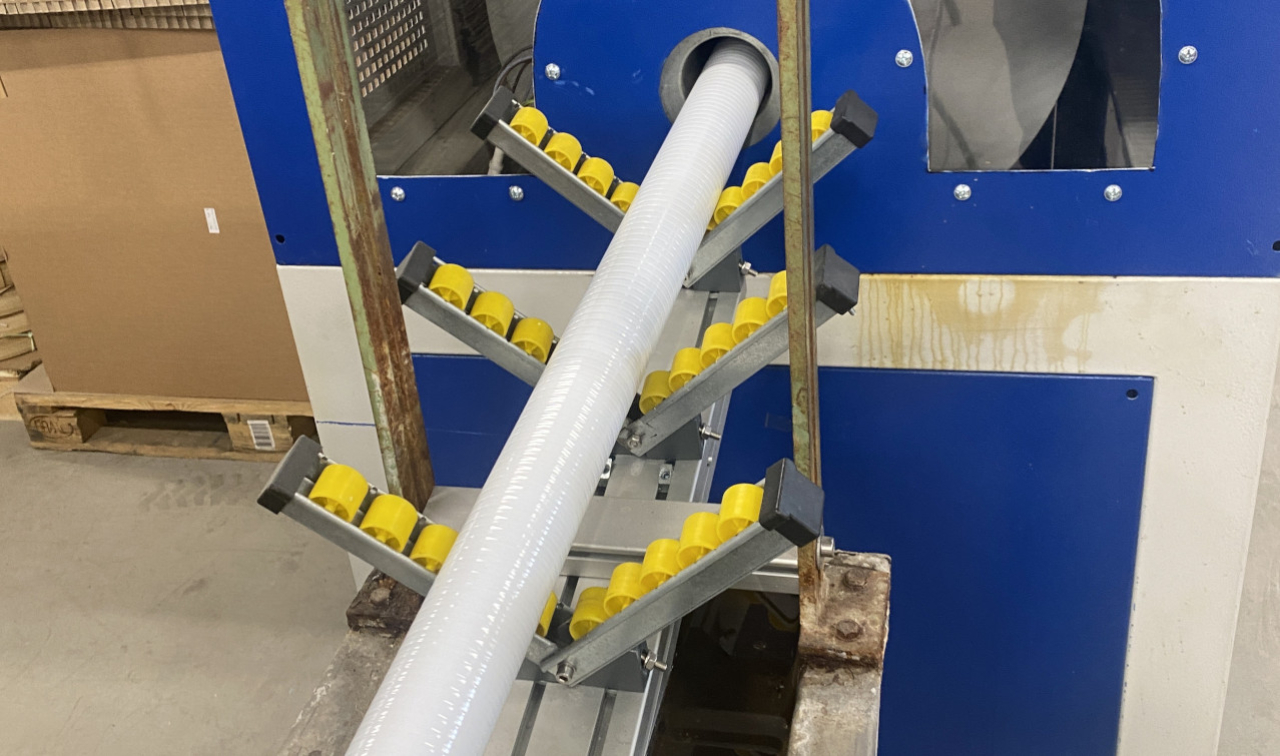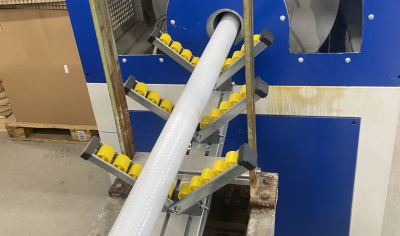International Students Face New Hurdles
In January 2024, the Canadian government decided to cap the number of international students to about 360,000, marking a 35% decrease from the previous year. This decision was a response to the high levels of recent immigration straining local resources. In addition to the cap, students are now required to obtain an attestation letter from the provinces where their prospective institutions are located, complicating the application process further. This measure, however, does not extend to master’s programs. Educational consultants in Punjab, a region with a high number of prospective students aiming to study abroad, have noted a marked increase in the number of students applying for visitor visas. This trend is believed to stem from the prolonged and uncertain wait times associated with obtaining the necessary attestation letters and subsequent study permits.
Misinformation Compounds the Problem
Consultants in both small towns and major cities across Punjab are reportedly disseminating misleading information about the availability and difficulty of obtaining student visas. Some are advising students to enter Canada on a visitor visa and apply for a study permit after arrival a route that seems faster due to shorter processing times for visitor visas, approximately three weeks, compared to the 12 to 13 weeks for study permits.
Legality and Advisability of Entering on Visitor Visas
While entering Canada on a visitor visa with the intention to convert it to a study permit is legal, it involves complexities that might not be immediately apparent. According to Gurpreet Singh, a consultant from Punjab, and Sumit Jain from Jain Overseas, the process for converting a visitor visa into a study permit involves rigorous procedures similar to those required for direct study permit applications, including proving acceptance by a Designated Learning Institution and demonstrating sufficient financial support.
Despite the seeming expedience of entering Canada on a visitor visa, experts advise that applying directly for a study visa remains the better option. The overall success rate is still relatively high, and Canadian provinces are gradually adapting to the new rules, which might soon lead to reduced processing times for study permits.
Source: Indianexpress






 Cats are the most popular pet in Canada. Despite their affectionate nature, they pose a significant threat to wild birds. Studies estimate that free-roaming cats are responsible for 100 million to 350 million bird deaths annually in Canada alone. Filmmaker Gavin Andrews explores this issue in his documentary, highlighting practical solutions for pet owners.
Cats are the most popular pet in Canada. Despite their affectionate nature, they pose a significant threat to wild birds. Studies estimate that free-roaming cats are responsible for 100 million to 350 million bird deaths annually in Canada alone. Filmmaker Gavin Andrews explores this issue in his documentary, highlighting practical solutions for pet owners.
 A powerful cold snap has engulfed central and eastern Canada this week, plunging temperatures far below seasonal averages. The extreme weather has strained power grids, disrupted daily activities, and posed serious health risks. Cities from Alberta to Atlantic Canada are battling the Arctic chill, with widespread power outages and warnings of frostbite.
A powerful cold snap has engulfed central and eastern Canada this week, plunging temperatures far below seasonal averages. The extreme weather has strained power grids, disrupted daily activities, and posed serious health risks. Cities from Alberta to Atlantic Canada are battling the Arctic chill, with widespread power outages and warnings of frostbite.
 Stress is a constant in modern life. From daily challenges to global issues, people are searching for ways to cope better. Scientists are now turning to rats for insights on building resilience to stress.
Stress is a constant in modern life. From daily challenges to global issues, people are searching for ways to cope better. Scientists are now turning to rats for insights on building resilience to stress.
 The consumption of ultra-processed foods is a growing concern worldwide due to its links to major health issues. From obesity to Type 2 diabetes, these foods contribute to alarming trends in public health. In the documentary Foodspiracy, Dr. Chris van Tulleken explores how corporations use science to make these foods addictive and how they affect the human body.
The consumption of ultra-processed foods is a growing concern worldwide due to its links to major health issues. From obesity to Type 2 diabetes, these foods contribute to alarming trends in public health. In the documentary Foodspiracy, Dr. Chris van Tulleken explores how corporations use science to make these foods addictive and how they affect the human body.
 Loneliness, a widespread and often unspoken issue, has been recognized as a significant public health concern. Research shows it can be as detrimental to health as smoking 15 cigarettes daily. With its impact on both mental and physical well-being, experts emphasize the importance of addressing and de-stigmatizing loneliness.
Loneliness, a widespread and often unspoken issue, has been recognized as a significant public health concern. Research shows it can be as detrimental to health as smoking 15 cigarettes daily. With its impact on both mental and physical well-being, experts emphasize the importance of addressing and de-stigmatizing loneliness.
 Cold water therapy, a practice gaining popularity among celebrities and athletes, is becoming a global trend. With promises of stress relief, reduced inflammation, and enhanced mental clarity, the technique attracts increasing interest. Though its origins date back to ancient Egypt, its benefits are only recently being thoroughly studied. Safety should always come first for those exploring this practice.
Cold water therapy, a practice gaining popularity among celebrities and athletes, is becoming a global trend. With promises of stress relief, reduced inflammation, and enhanced mental clarity, the technique attracts increasing interest. Though its origins date back to ancient Egypt, its benefits are only recently being thoroughly studied. Safety should always come first for those exploring this practice.
 n the arena of digital advertising and sales, a powerful email series can be the key to nurturing leads, final offers, and keeping sturdy customer relationships. Email sequences help automate communication, making sure well timed follow- ups and personalized interactions. Whether you're in sales, marketing, or customer fulfillment, studying e mail sequences can drastically impact your business effects.
n the arena of digital advertising and sales, a powerful email series can be the key to nurturing leads, final offers, and keeping sturdy customer relationships. Email sequences help automate communication, making sure well timed follow- ups and personalized interactions. Whether you're in sales, marketing, or customer fulfillment, studying e mail sequences can drastically impact your business effects.
 At ST Plastics, we stand for quality and precision in plastic extrusion. Leveraging cutting-edge technologies and extensive expertise, we design and manufacture profiles, pipes, and specialized solutions used across a wide range of industries.
At ST Plastics, we stand for quality and precision in plastic extrusion. Leveraging cutting-edge technologies and extensive expertise, we design and manufacture profiles, pipes, and specialized solutions used across a wide range of industries.
 Starting January 1, 2025, Quebec will implement significant changes to its recycling system. These updates will expand the list of recyclable materials and aim to tackle persistent waste management challenges while promoting sustainable practices.
Starting January 1, 2025, Quebec will implement significant changes to its recycling system. These updates will expand the list of recyclable materials and aim to tackle persistent waste management challenges while promoting sustainable practices.










